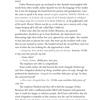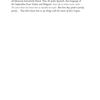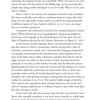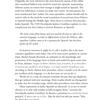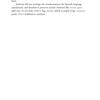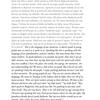4: Text excerpts, Myriam Moscona’s "Tela de Sevoya," 2017.
Ladino, also known as Judeo-Spanish or Judezmo, was the everyday spoken language of Sephardic Jews in Ottoman lands and elsewhere. Based on medieval Spanish, Ladino was typically handwritten in Hebrew characters in a unique script called solitreo and printed in a Rashi-style Hebrew font.
Mexican author and poet Myriam Moscona’s semi-autobiographical Tela de Sevoya (Onioncloth), originally published in Mexico, uses both modern Spanish and Ladino to explore the narrator’s Bulgarian-Sephardic ancestry. Musing on the power of memory, language, and family, the narrator reflects in creative and nonlinear ways on Ladino and Ladino-speakers.
Suggested Activities: Note the use of Ladino in these excerpts. Why does Moscona include the original Ladino with the English translation, when so few readers can understand the Ladino? What are some of the associations Moscona makes with Ladino, historically, generationally, and culturally? How might these affect her own relationship to her ancestral language? Compare the emotional tone of “Adio Kerida” to the tone in these excerpts. What is the attitude of each narrator toward their personal or ancestral pasts?
Sources: Myriam Moscona, Tela de Sevoya (Onioncloth), Les Figues Press, 2017, 1–2, 26–28, 44.
Focal Length
 Download image (440.96 KB)
Download image (440.96 KB) Focal Length 2
 Download image (153.82 KB)
Download image (153.82 KB) Paperweight
 Download image (463.91 KB)
Download image (463.91 KB) Paperweight 2
 Download image (480.62 KB)
Download image (480.62 KB) Paperweight 3
 Download image (159.96 KB)
Download image (159.96 KB) The Fourth Wall
 Download image (165.39 KB)
Download image (165.39 KB)

